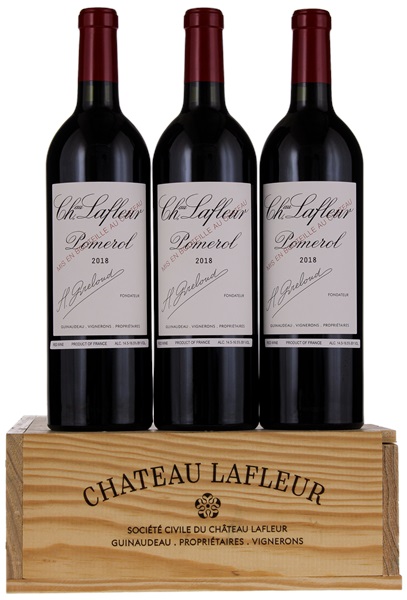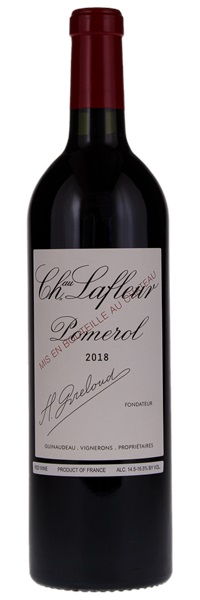
Image above is an example. To view the image of the lot, click the item number.
Estimate

So subtle and complex with blackberry, blueberry, fresh bark, fresh black truffles and light wet earth, as well as forest floor. Full-bodied, yet linear and so long with an amazingly polished and refined tannin structure and finesse that draws you deep and down in the palate. It opens incredibly in the glass. What a wine. Goes on for minutes. A real beauty. Something so true and ethereal here.
...layered, multi-dimensional style that marries power with elegance... Offering notes of black raspberries, tobacco, truffly earth, spring flowers, and chocolate...full-bodied and concentrated on the palate, but nevertheless is as weightless as they come...
...alluring scents of fresh black cherries, ripe blackberries and redcurrant jelly, leading to suggestions of sandalwood, pencil shavings, lilacs and forest floor, with emerging, heady wafts of camphor, iron ore and Indian spices...rich, full-bodied palate...offering whispers and murmurs of earth and exotic spice-laced black fruits with glimpses at a fleeting floral undercurrent, framed by firm, finely grained tannins and beautifully knit freshness, finishing with an edifying perfume.
...very refined bouquet...red fruit, cranberry and even touches of pomegranate...traits of black truffle and a faint scent of morels gradually emerge. The palate is medium-bodied with fine tannins that frame the red berry fruit...wonderful peppery note that lingers 45 seconds after the wine has exited, the tongue tingling long after it says goodbye.
Spicy and sweet and exotic. Difficult to spit. Real energy... Long and with great layers and excitement. Hint of tarriness.